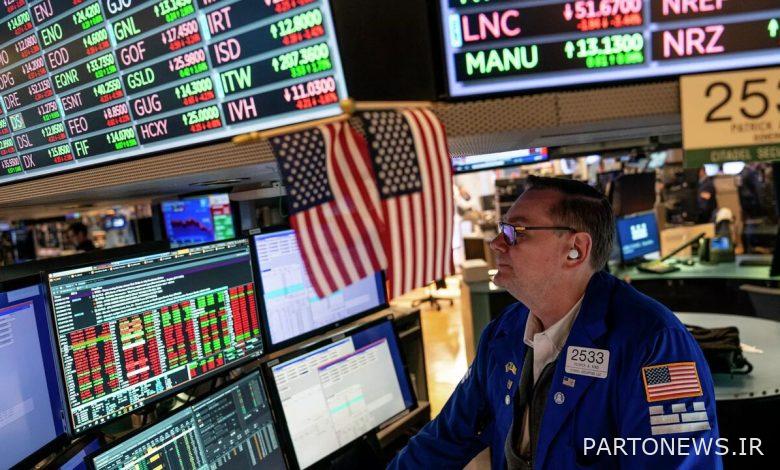30% drop in American financial markets following the increase in fuel prices and inflation

According to IRNA from Sputnik news agency, the drop of three major indices in the US financial markets shows that the financial markets have had the worst start since 1962.
The Dow Jones industrial index had a 15.86% drop since the beginning of 2022, and the S&P index, which shows the common performance rate of the top 500 companies, was facing a 21.09% drop. On the other hand, the Nasdaq OMX group, which evaluates the performance of the American technology companies market, has suffered the biggest decline after the Corona epidemic and its value has dropped by 30.33% since the beginning of the year.
Conditions outside the US stock market are no better. The FTSE 250 index in England has decreased by 20% in the first 6 months of the year, while the STOXX index (consisting of 600 European companies) has faced a 17% decrease; this amount is considered a sharp drop for a relatively stable European stock exchange.
Likewise, the MSCI Asia Pacific Index, which measures companies in five developed markets and eight emerging Asian markets, also fell 17.96 percent, while the Nikkei index of the Tokyo Stock Exchange fell 9.34 percent.
The global economy in 2022 has led to stagnation and pessimism in the outlook of investors due to a set of factors. The first blow from the increase in inflation has hit the world economy, which has reached its highest level in some countries, including the United States, over the course of several decades.
This problem forced the central banks to increase the interest rates in order to increase the economic growth. In turn, the Federal Reserve raised interest rates from 0 to 1.5% to 1.75% for the first time in 30 years.
However, higher interest rates have raised concerns among investors and economists that they may slow economic growth and even further recession.

